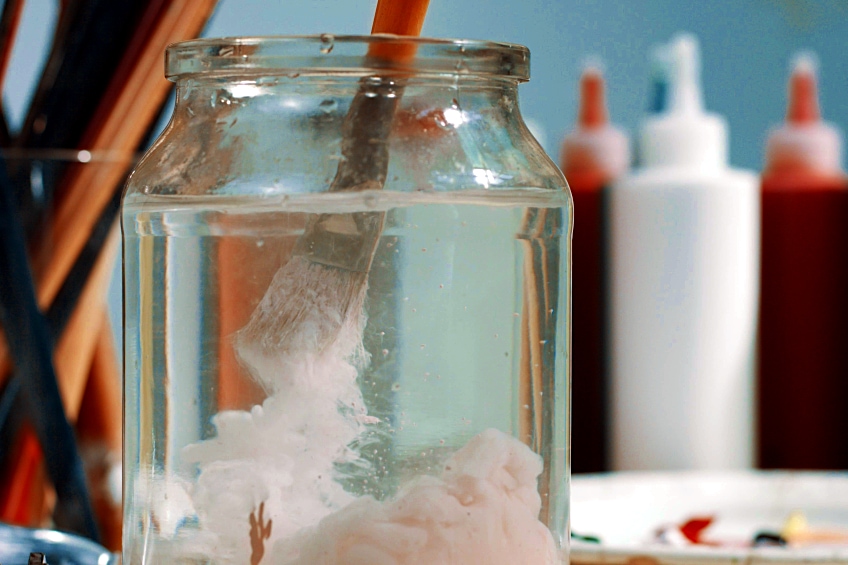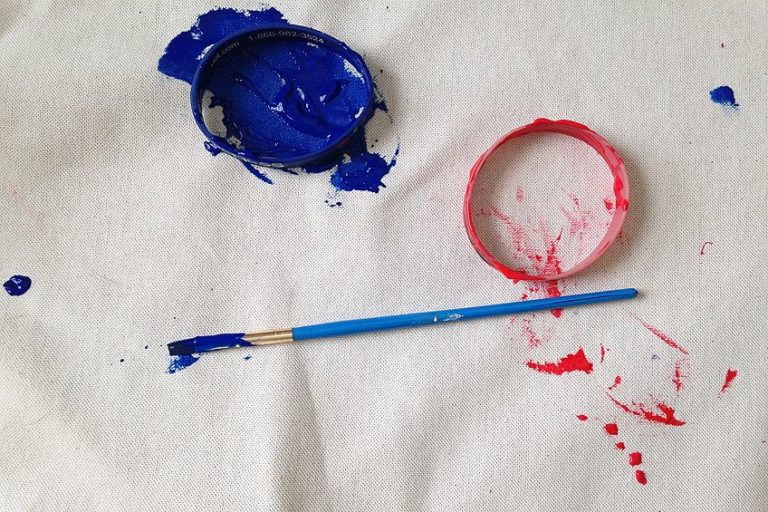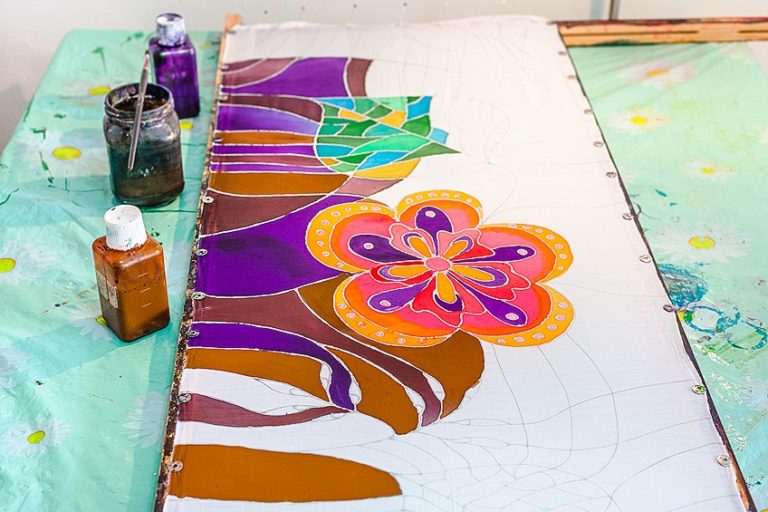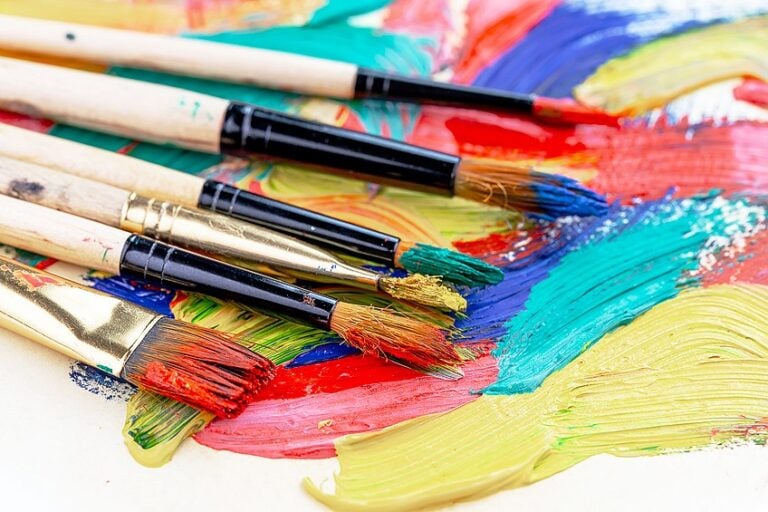Acrylic Glazing – Our Guide to Paint Glazing Techniques
This post may contain affiliate links. We may earn a commission from purchases made through them, at no additional cost to you.
You may have heard about a technique used with acrylic painting called “glazing”, and wondered what it is and how to go about giving it a try. In this article, we talk about what acrylic glazing is, as well as what you will be needing while also talking you through giving it a try for the first time. By the end of the article, you will be informed on how to tackle your first acrylic glazing project with confidence. From there you can start to learn further paint glazing techniques because you will have solid foundational knowledge.
What Is Acrylic Glazing?
Glazing is a technique used to help unify paintings and make them feel more cohesive. Glazes are created by using acrylic fluid or gel mediums to thin out acrylic paint. Some people use water mixed with acrylic paint to try to make a glaze, but this method breaks down the adhesive qualities of the paint.
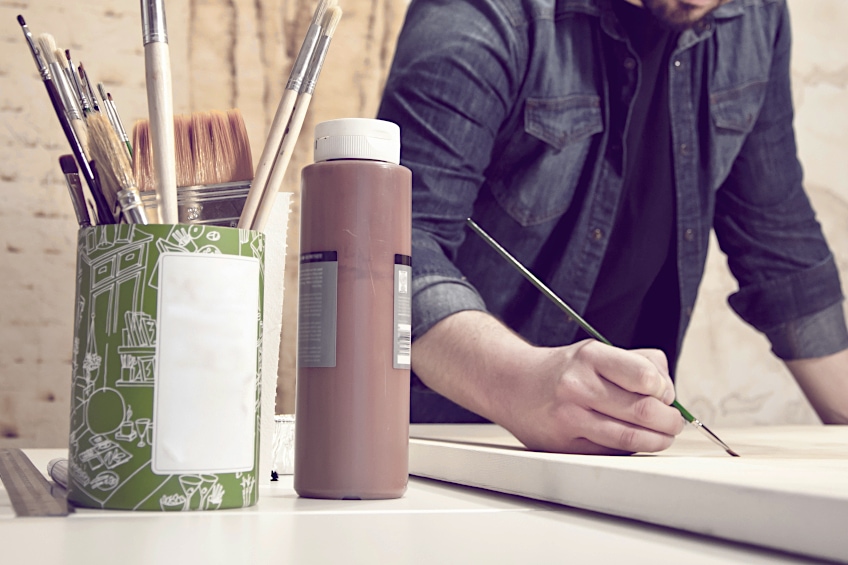
Using a medium to create a glaze will result in a semi-transparent, tinted layer on top of the painting. This means that glazing can be used to change the temperature of a painting. You can make a painting warmer or cooler using a glaze. If you layer two different colored glazes on top of each other, the colors from each layer will appear as if they have blended.
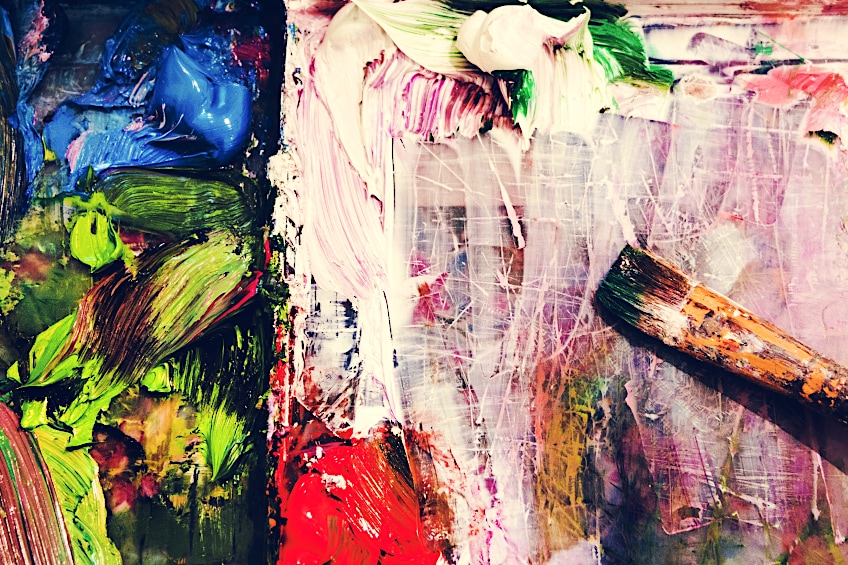
What Is an Acrylic Glazing Medium?
If you want to give glazing a try, you will need to create an acrylic glaze. An acrylic glaze is made by mixing acrylic paint with a transparent glazing medium. There will typically be very little paint mixed with a lot of glazing medium to create a tinted, translucent mixture. The additives in an acrylic glazing medium are adhesive and stick to the layers of paint and primer with ease.
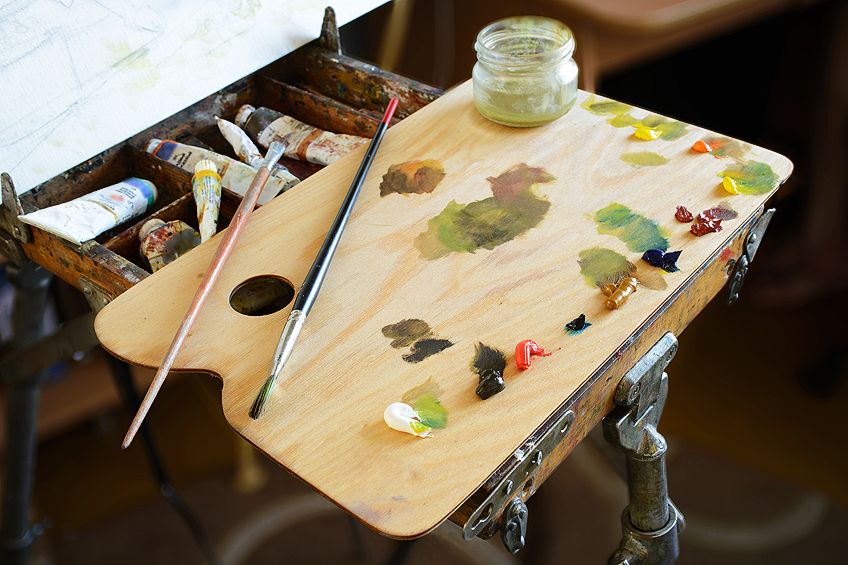
In theory, you could use any transparent medium to create a glazing, such as high flow mediums or thick gel mediums but for this article, we will be referring to glazing medium specifically. The glazing techniques used if you choose to use other mediums will remain the same as if you used a glazing medium.
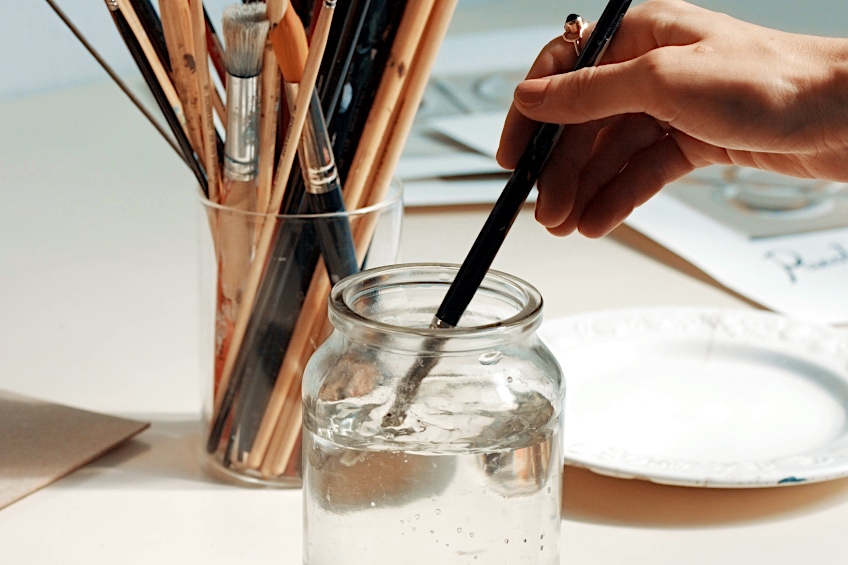
If you purchase a glazing medium you will find that it usually dries to a gloss finish, while if you use other transparent mediums to create a glaze there will be many different finishes available to choose from. Keep in mind that glazes with a gloss finish are ideal because they have the greatest clarity. Semi-gloss and matte mediums can appear cloudy once dry. This can be an advantage, however, if you want to utilize the misty effect it can impart on your glazing art.
What Does an Acrylic Glazing Medium Do?
Acrylic glazing medium alters acrylic paint in many ways. The qualities that glazing medium imparts onto acrylic paint are what make it ideal for creating effective glazes. When looking for the perfect acrylic medium glazing, it is important to be familiar with these effects in order to properly understand what you are looking for in a glazing medium.
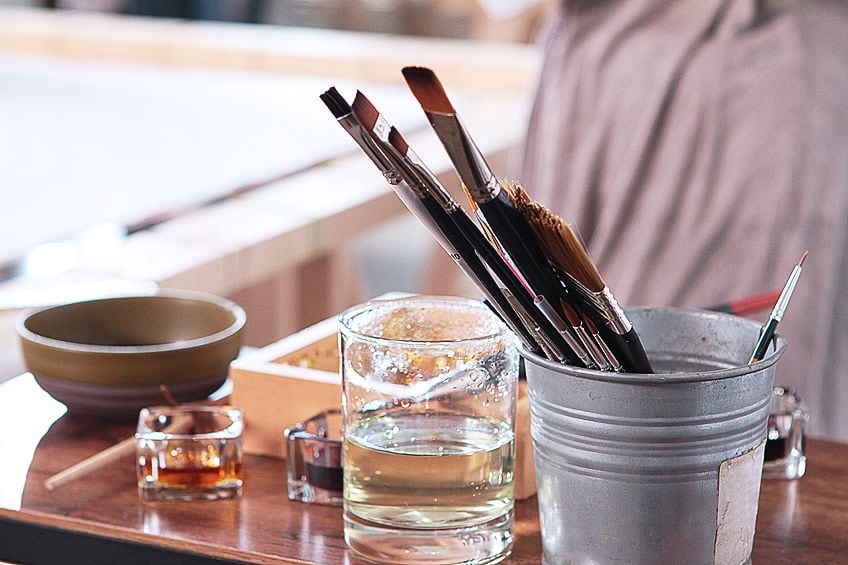
Thins Out Acrylic Paint
Glazing medium thins out acrylic paint and makes it easier to brush onto the canvas. This means that if you use heavy body acrylics then the glazing medium will thin it down to the consistency of normal or fluid acrylic paint. If you use a glazing medium with fluid acrylics then there shouldn’t be much of a change in consistency from what the glazing medium begins as.
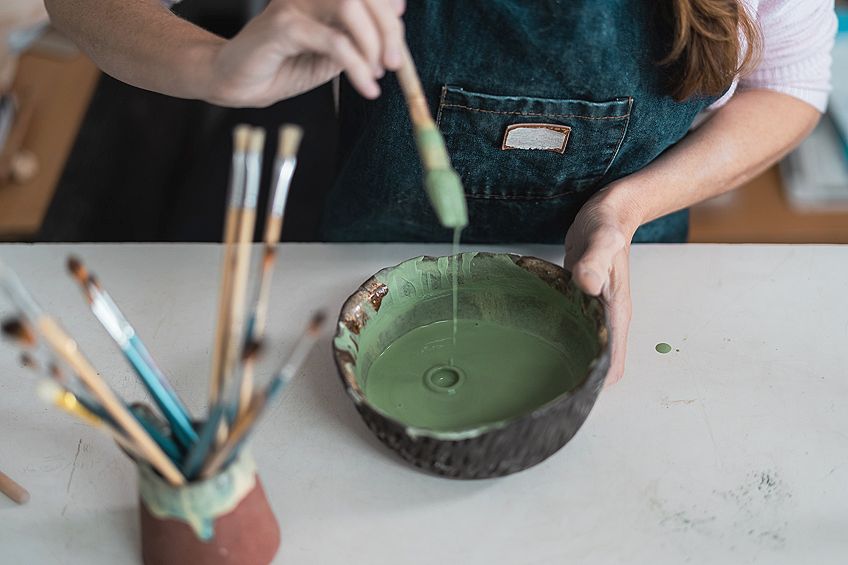
Increases Paint Transparency Without Lessening Adhesive Quality
We mentioned earlier that some people use water to try to create glazes. Using water to thin out acrylic paint in this way does make it more transparent but will also cause problems with adhesion. You should instead use an acrylic glazing medium because it can increase your paint’s transparency without lessening its adhesive qualities. You can add as much acrylic glazing medium to your paint as you like, without it causing any adhesion problems because it consists mainly of an acrylic binder. This means that you can create very subtle glazes that have high transparency with very little effort. Just add a tiny amount of paint to a large amount of glazing medium and coat it over your painting.
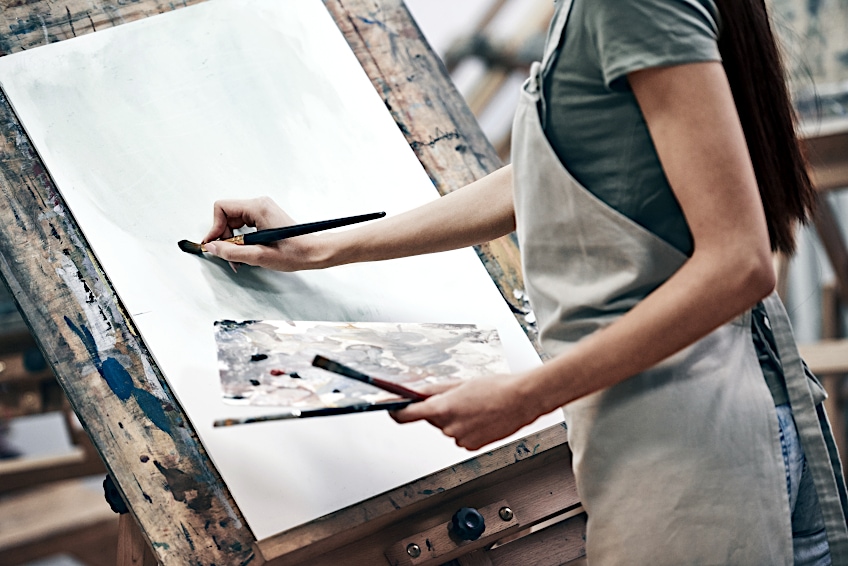
Lightens Paint Colors While Maintaining Vibrancy
Glazing medium also lightens color without lowering the vibrancy of your painting. Applying a glaze to your painting doesn’t affect the saturation in any way, it only alters the hue of your painting. The colors achieved by using glazes are vibrant and brilliant. Simply lightening a color by mixing it with white often cannot compete with the vibrancy that is achieved by glazed paint.
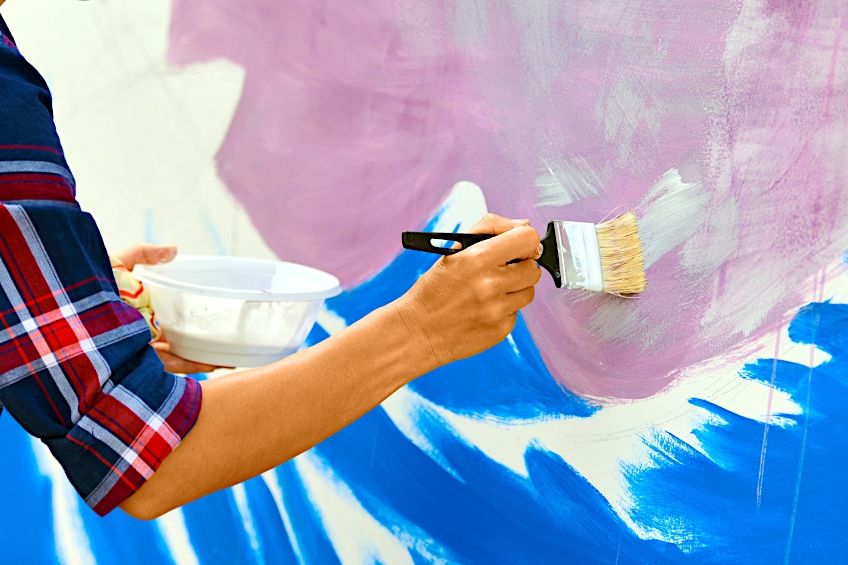
Extends Acrylic Paint
Glazing medium is most known for its ability to extend your paint without breaking down its adhesive qualities. All mediums serve this purpose, but a glazing medium does it while ensuring that your paint becomes transparent enough to create an effective glaze. Using a glazing medium to extend your paint can help your expensive paints go further and cost you less money in the long run.
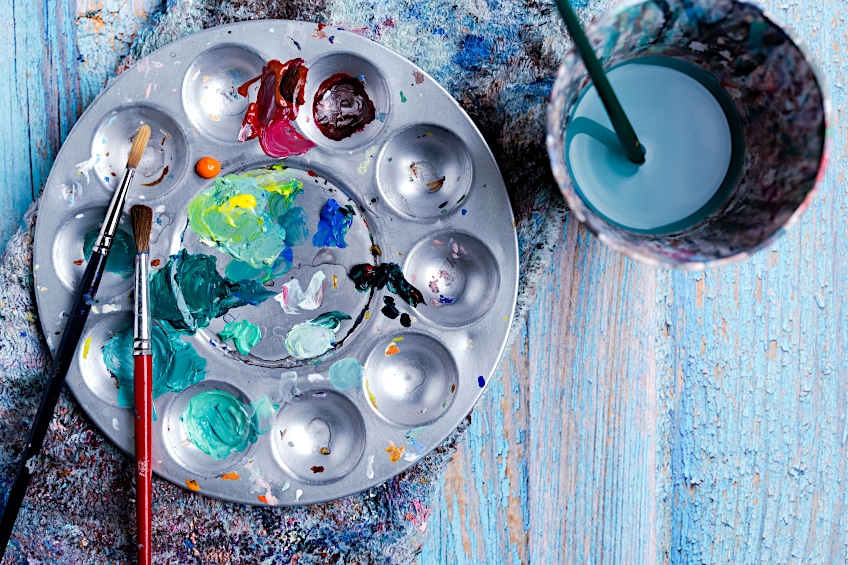
Provides a Gloss Finish
Acrylic glazing medium dries to a glossy finish. This means that when a glazing medium is added to acrylic paint it will increase its glossiness. Acrylic paint is already considered quite glossy, but depending on the brand of your paint, glazing medium can still make it even glossier.
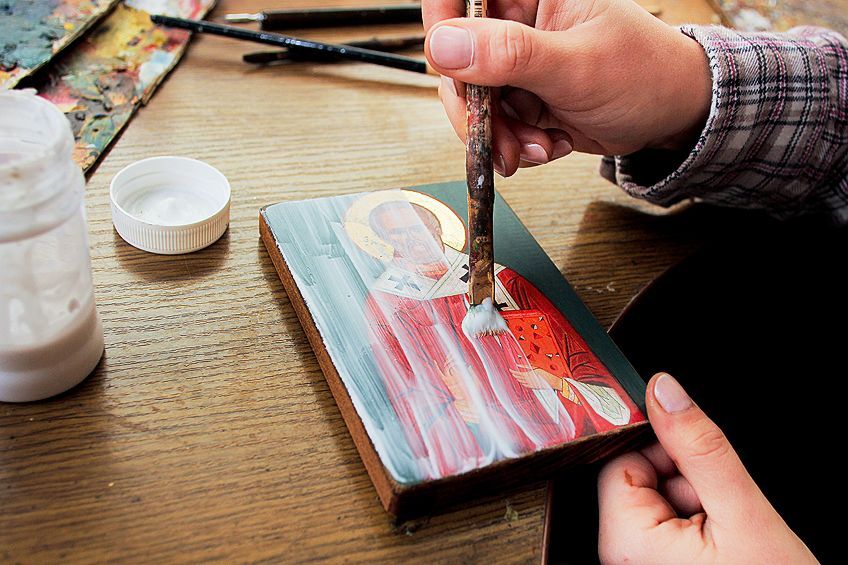
Alters Paint Drying Time
Glazing medium can speed up or slow down the drying times of your paint. Make sure that you read the label of the product you purchase so that you choose something that matches your painting style. If you prefer having time to work and don’t mind waiting for your glaze to properly dry, then you should get a glazing medium that contains retarders. If you prefer working quickly and want to add many glazing layers with ease, you should instead pick a faster drying variant.
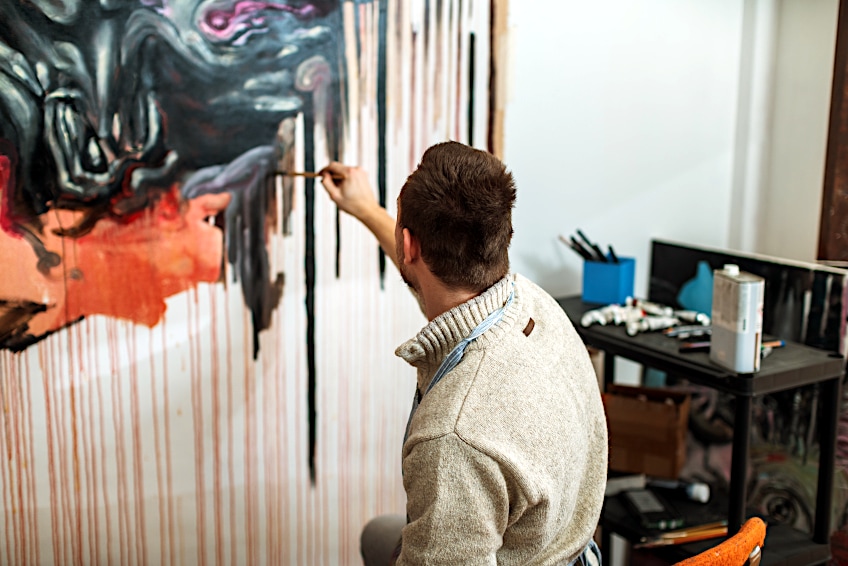
Tints Acrylic Paintings
Painting only with opaque colors can be tricky because the paint will cover each layer that comes before it. If you use transparent glazes instead, you will have the advantage of altering all or parts of your painting without having to completely redo it. For example, if you want to add a magenta tint to the sky of your glazing art you can paint over it with a magenta tinted glaze. This is helpful because you can alter the color of your painting without having to redo the details or start all over again.
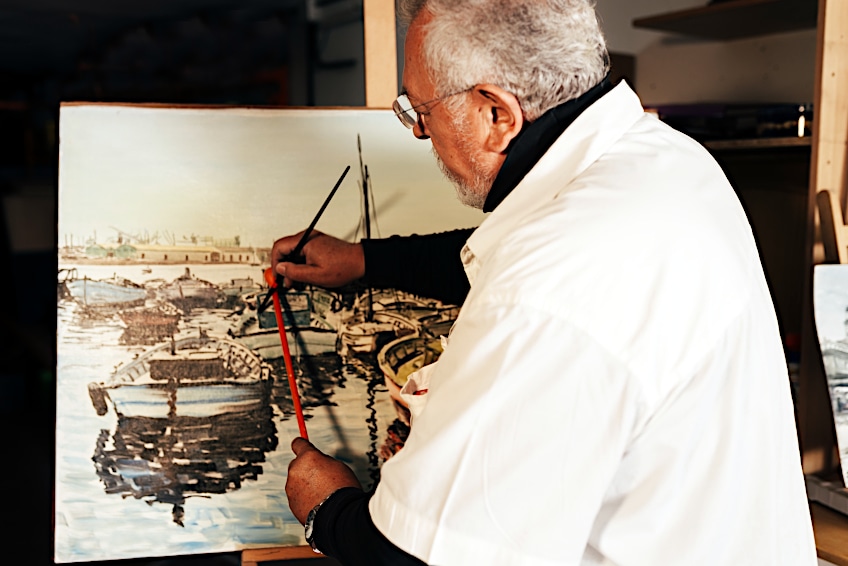
Our Product Recommendation
There are many glazing mediums available on the market, and it can be a bit overwhelming to try to choose one for the first time. We have chosen our favorite acrylic glazing medium and given it a review below. Now you can focus all your attention on your first acrylic glazing project without having to worry about picking out a product!
LIQUITEX Professional Glazing Fluid
This glazing medium from Liquitex is great because it is self-leveling and dries very quickly. Both these factors mean that it is great for efficient layering of glazes onto your painting. The glazing fluid also won’t leave any brush strokes or begin to yellow with time, which results in a vibrant, smooth glossy finish that will stand the test of time. This professional medium will not crack or chip and can be used on many surfaces with ease. Some surfaces you can use this glazing medium on are canvas, wood, paper, or any other surface that readily accepts acrylic paint.
- Self-leveling and dries quickly for rapid layering
- Suitable for any surface that will accept traditional acrylic media
- Lightweight, non-toxic, water-resistant and non-yellowing when dried
- Fast drying
- Self-leveling
- Doesn’t leave brushstrokes
- Doesn’t yellow
- Doesn’t crack or chip
- Can be used on many surfaces
- Comes in a large bottle that will last a long time
- Non-toxic
- Dries to a slightly darker tone
- A bit pricey
Step-by-Step Tutorial: Altering Temperature with Acrylic Glazing
If you have never tried glazing with acrylic before, a good way to start is by glazing over the entirety of a painting with a warm or cool glaze. This helps you get a feel for mixing your glaze and applying it. It also helps you see how the glaze interacts with other colors. From there you can start experimenting with different paint glazing techniques. For this tutorial, we will explain how to create a warm or cool glaze with either Indian Yellow or Phthalo Blue respectively, and talk you through creating your first glazing painting.

Things You Will Need
- A completed underpainting
- A disposable cup
- Soft-bristled paintbrushes
- Acrylic glazing medium
- A rag or cloth
- Phthalo Blue or Indian Yellow paint
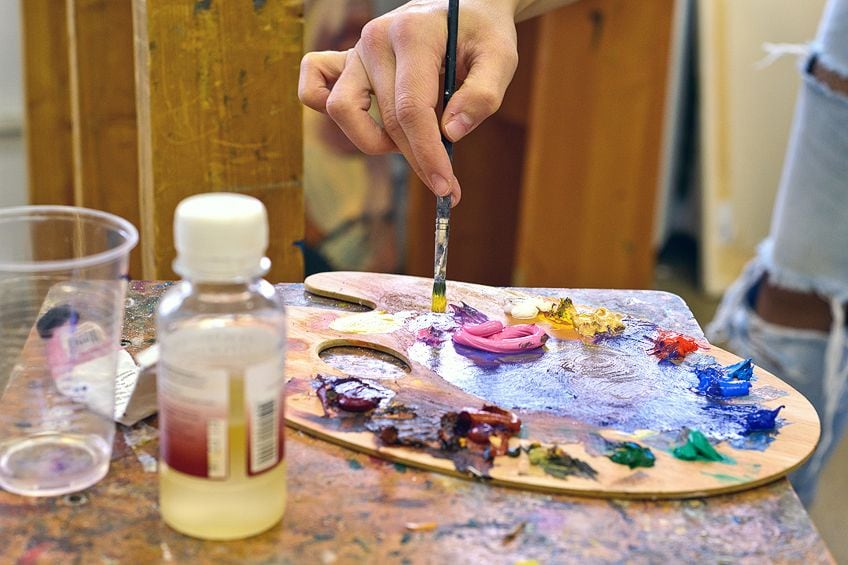
Step-by-Step Tutorial
- Lay down your completed acrylic painting and decide whether you want it to appear warmer or cooler.
- In a disposable cup, mix a small amount of pigment with enough medium to cover your entire painting. If you want your painting to appear cooler, use Phthalo Blue. If you want your painting to appear warmer, use Indian Yellow.
- Remember that the color of your glaze will dry to look a bit different from how it looks at this point. If you are unsure, paint a bit of your glaze onto a scrap piece of paper and allow it to dry. This will give you an idea of whether you like the final look of your glazing.
- When you are happy with the color of your glaze, pour a small amount onto your painting and spread it around lightly and evenly with a soft-bristled paintbrush. Use long, uniform strokes while spreading your glaze in order to ensure a smooth glaze.
- If you apply too much acrylic glazing you can wipe it off with a cloth. Remember that you can always add more glazing later, but if you allow it to dry when there is too much it cannot be removed.
- Allow the glaze to dry thoroughly. It could take anywhere from ten minutes to half an hour, depending on the temperature and humidity of your working space. If you don’t allow the glazing to properly dry before you add another layer the previous layer will lift.
- If you want a stronger tint you can add as many more layers as you like. Just follow steps four to six until you feel your glazing painting is complete.
- Allow your final glazing layer time to dry and then consider adding further detail to your painting. You can use acrylic paint to add highlights or more details over your glazed paint as you please.
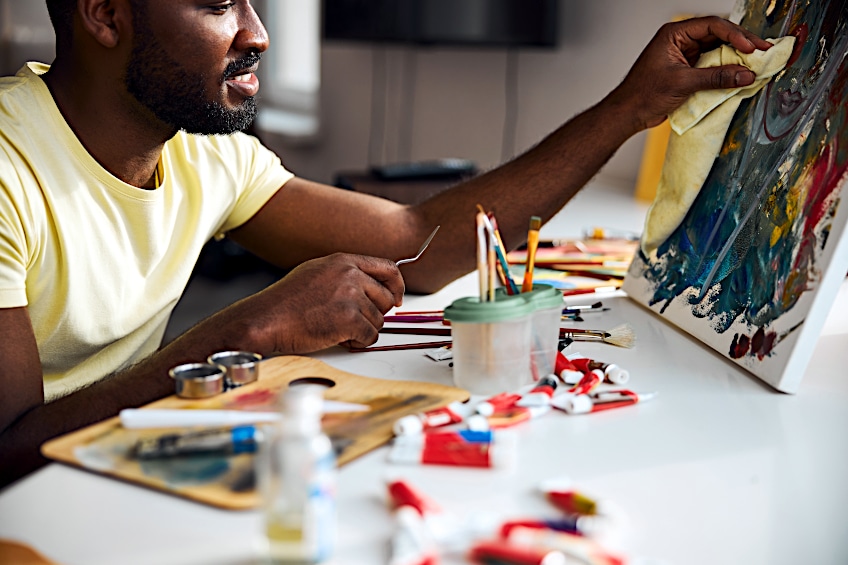
Acrylic Glazing: Tips and Tricks
Before we talk you through how to create glazing art, we are going to share some tips and tricks that you should keep in mind. It will be beneficial to remember these tips as you try glazing with acrylic for the first time.
- If you want to create very transparent acrylic glazes, you should choose paints that have transparent pigments. To do this, just glance at the tube or take a look at a color chart from manufacturers. Modern organic pigments such as Phthalo Blue and Phthalo Green are good examples of transparent pigments.
- Canvas boards and canvas paper tend to be too coarse to allow for effective glazing techniques. Ideally, you should use smoother canvases, or watercolor paper if you plan on glazing your painting.
- There is no universal ratio of glazing medium to the pigment that can be used. You will need to experiment to find what suits your needs. The strength of each colors’ tint varies; some pigments may require quite a bit to make any difference, while others are strong enough to need little more than a few drops.
- Remember that it is better to apply multiple layers of glazing than to apply too much in one go and have it dry. Once it is dry you would have to paint over it again if it was too dark for your liking.
- Experiment with applying acrylic glazes using a soft brush, a palette knife, a scraper, or even by pouring it straight onto the canvas. You can use whatever brush shape you prefer but avoid using stiff-bristled brushes as they can leave streaks and lines on your painting.
- Remember that acrylic glazing mediums may appear cloudy while wet but will dry to become clear. This means that the medium may show a temporarily altered color while wet. You will have to accommodate for this slight color change and will learn to do it effortlessly as you get more practice.
- Even after you add a glaze to your painting you can still paint on top of it again. Try adding some highlights or further details over your glazed paint once it has dried!
Creating a glazing painting is a great way to introduce cohesiveness to your artworks. Unifying colors using tinted glazes introduces an entirely new dimension to painting. Once you begin gaining more experience glazing with acrylic you can start experimenting with more paint glazing techniques such as blending using acrylic glazes, layering different colored glazes, or adding different colored glazes to specific areas of your painting.
Frequently Asked Questions
What Can I Use as a Substitute for Acrylic Glazing Medium?
Most acrylic mediums could be used as a substitute for glazing medium but acrylic gloss medium will be the most reliable substitute in a pinch. It has the most fluid consistency and a gloss finish that ensures the clarity of the final piece.
Is Acrylic Glazing Medium Waterproof?
Acrylic glazing medium does dry to be somewhat water-resistant but it will not necessarily dry to a 100% waterproof coating. If you want to waterproof your painting you should use a clear acrylic varnish.
Can Acrylic Glazing Medium Be Used as Varnish?
Acrylic glazing is not durable enough to protect your painting over a prolonged period of time. Once you have completed your painting you may want to consider sealing it with an acrylic varnish to ensure its longevity.
Larissa Meyer is a 32-year-old mother from Michigan and creative spirit since childhood. Her passion for painting and drawing has led her to an education as an illustrator and a career as a freelance graphic designer. She has a Bachelor of Fine Arts in Illustration and a degree in Graphic Design. Larissa is a talented artist who is able to master a wide range of styles and techniques to bring her artistic vision to life. Her greatest passion is currently fluid painting and epoxy resin art. As a mom of two kids, Larissa also understands the importance of fostering creativity in early childhood. She uses her experience and knowledge to help other parents inspire their children and develop their artistic skills as well.
Learn all about Larissa Meyer and Fluid Painting.

